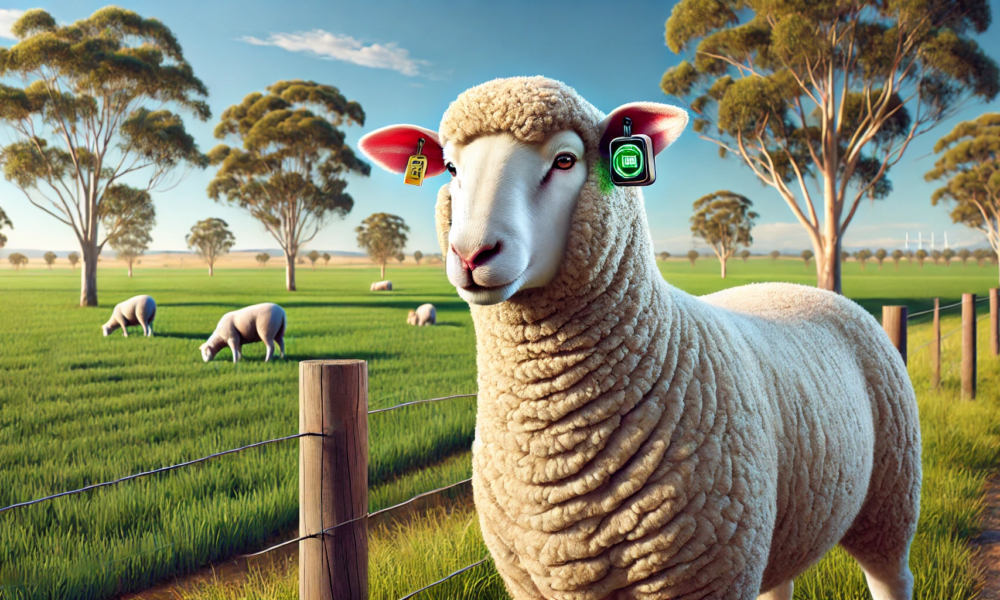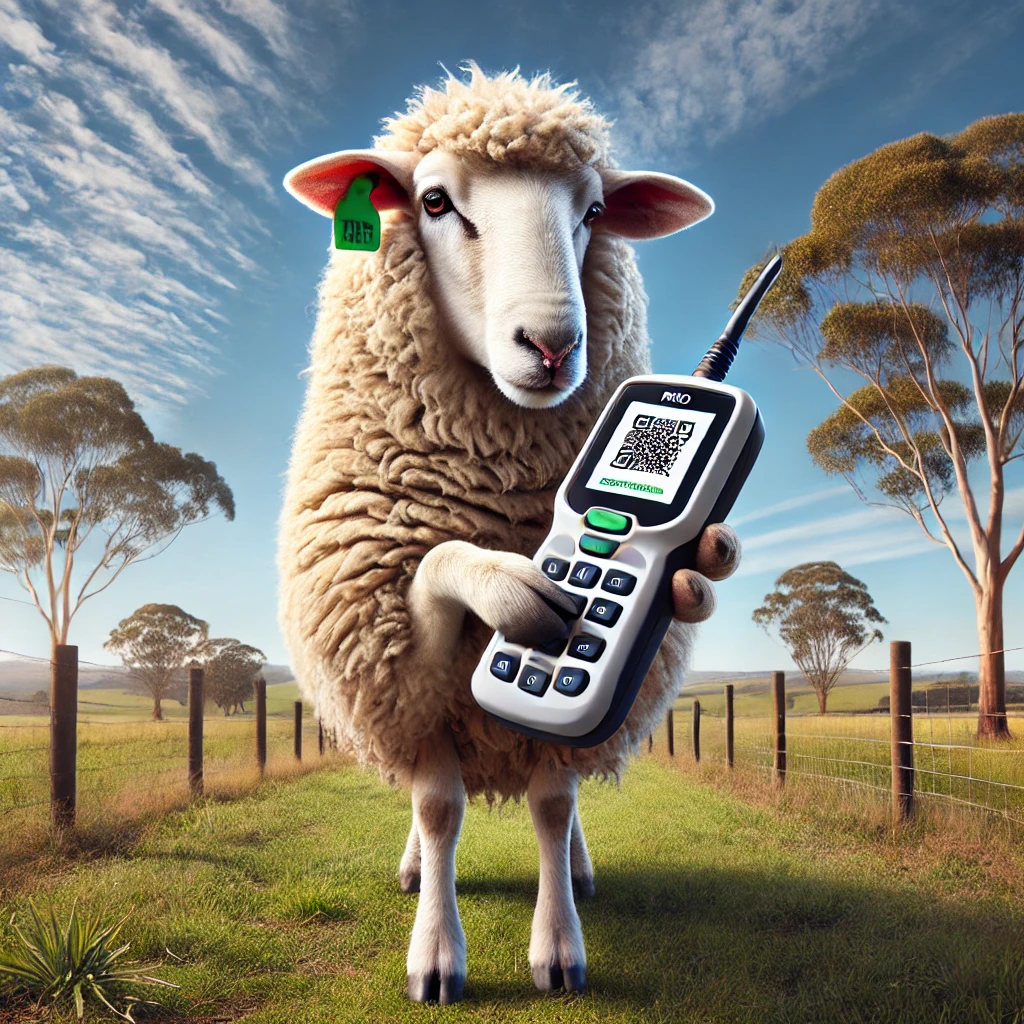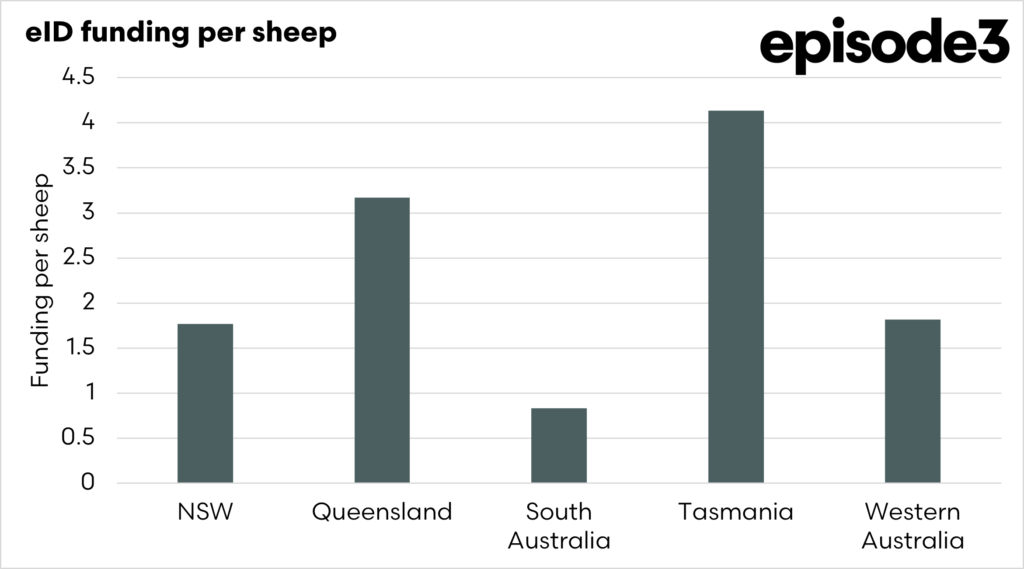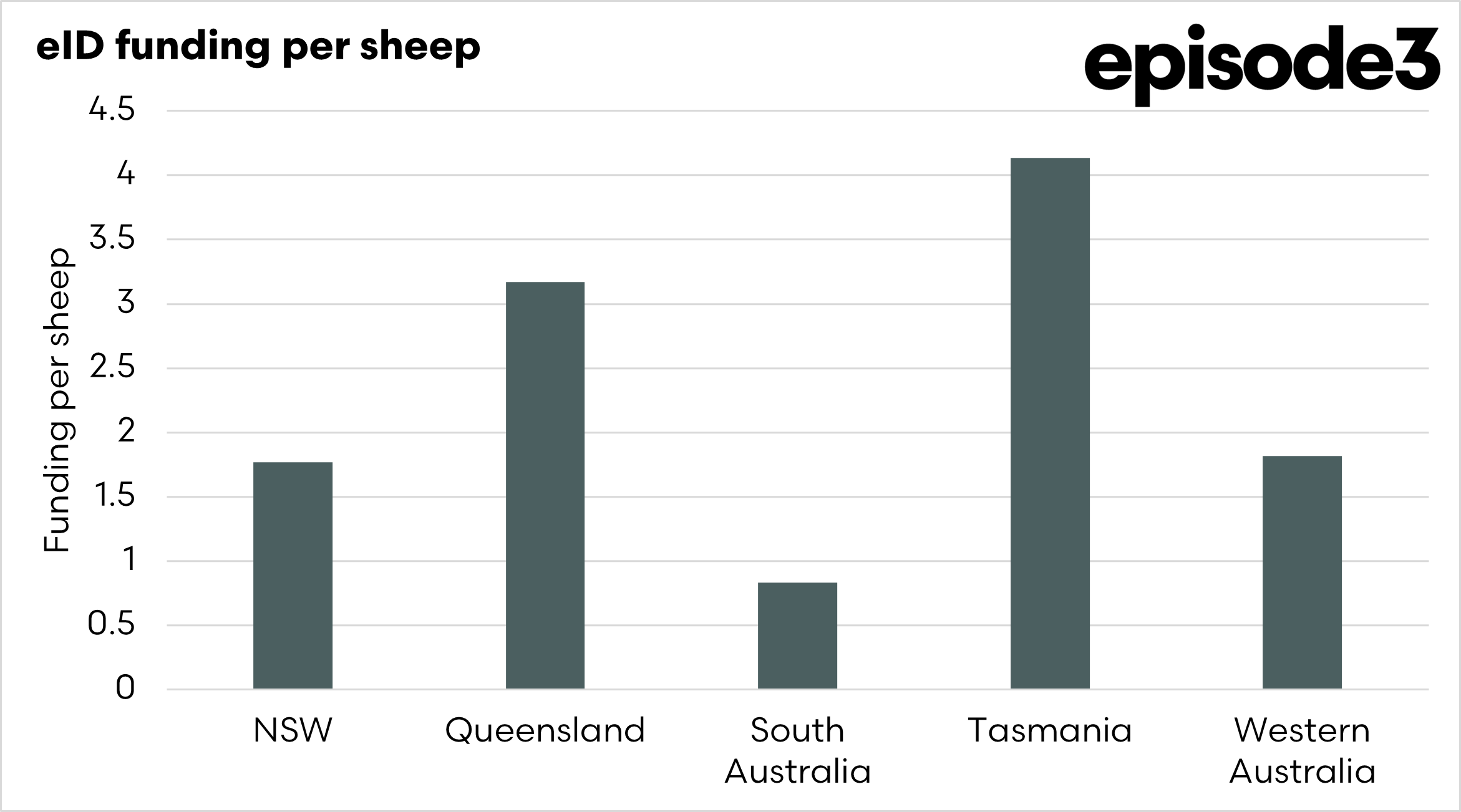New Year, New Rules: eID coming into force.

New Year, New Rules
As of the 1st of January 2025, the industry-led drive for eID adoption will become mandatory for sheep and goats across the nation. Victoria was ahead of this adoption when they were made compulsory in 2017.
At EP3, we talk to a lot of stakeholders throughout the agricultural supply chain each and every week, and at the moment, there seems to be a lot of angst and confusion about this.
We thought we would put together a quick rundown of the situation.
What is it?
Electronic identification tags have been used for cattle in Australia for a long time, but they are ear tags (or leg bands) with a radio frequency chip (RFID) used to identify the beast.
The use of an eID allows animals to be quickly identified through the NLIS, with the purpose of facilitating more expedient traceability in the case of an outbreak of an animal disease (FMD, etc.).
Some farmers believe that there are commercial gains in using eID through animal management. Until now, it has been up to individuals in states other than Victoria to decide whether the cost was worth it; starting on the 1st of January, their use will be mandated nationally.

Why was it introduced?
The sheep meat industry had been lobbying for the adoption of eID tags for a long time, as it was believed that eID tags would speed up the process of tracing animals during a disease outbreak.
In 2022, the FMD outbreak in Indonesia spooked the country, with worries that the disease would spread to Australia. There was a lot of misinformation at the time, and many were calling for agricultural shows to be cancelled, and even some livestock agents were calling for farmers to sell off their stock ahead of an outbreak.
The fears were the perfect time for the industry to lobby on producers’ behalf, and the new agriculture minister, Murray Watt, later announced the legislation. It is expected that the introduction of eID in Australia will cost upwards of A$800m.
There are two peak bodies for sheep, Sheep Producers Australia (SPA) and Wool Producers Australia (WPA); one represents meat and the other wool. In early 2024, WPA took the brave decision to withdraw support for the introduction of mandatory eID.
This was due to the recommendations of SAFEMEAT, which were not followed; however, SPA, whilst agreeing that the recommendations were not being met, still supported mandatory eID.
We spoke with Wool Producers Australia CEO Jo Hall on the AgWatchers Podcast in February about their removal of support for the governments plan, it can be listened to by clicking on the following links:

When does it come into effect, and what do I get?
As Australia has many states, they all seem to like to do their own thing. So let’s look at each state timetable and how much farmers are getting and put it all together in one handy resource for the major states.
If we look at state by state around the country, the ‘per sheep’ funding by the state government is inconsistent, with some states providing much higher levels of ‘per sheep’ funding.
New South Wales
From the 1st of January 2025, all sheep and goats born from this date must have an eID when leaving the property of birth, mandatory scanning and upload by sale yards and mandatory eID for property-to-property transfers.
From the 1st of January 2027, mandatory eID for all sheep and goats prior to leaving any property.
The NSW government has a subsidy for eID, of A$0.76 for 2025 eID tags purchased between the 1st of November 2024 and the 31st of October 2025. However, this is up to a maximum of A$10.2m. This equates to 13.4m tags. Producers who need more than 3500 tags must obtain pre-approval.
The total funding from the New South Wales government is A$38m.
Queensland
From the 1st of January 2025, all sheep and goats born after this date must have an eID device.
From the 1st of January 2027, all sheep and goats must have an eID device prior to leaving the property.
The Queensland government is providing a 50% rebate for eligible items, up to a maximum of A$1600 per PIC. The eligible items are readers and tags. The total funding from the Queensland government is A$6.344
South Australia
From the 1st of January 2025, all sheep and goats born after this date will need an eID prior to leaving the property. Producers who perform property-to-property movements will need to be able to scan and upload to the NLIS database.
From the 1st of January 2027, all sheep and goats leaving the property must have an eID.
The South Australian government are providing an eID tag rebate for devices purchased between 2023 and 2024, with applications closing on the 30th of June 2025. This rebate is for 50% up to a cap of A$0.95.
The South Australian government has provided funding of A$9.3m for the introduction of eID.
Tasmania
From the 1st of January 2025, all sheep and goats born after this date will need an eID prior to leaving the property.
From the 1st of January 2027, all sheep and goats leaving the property must have an eID.
The Tasmanian government is providing an A$1 per tag rebate on purchases between the 1st of January 2024 and the 31st of May 2024. The total subsidy from the Tasmanian government is A$11.66m

New Year, New Rules.
The new regime for eID around the country will come into practice in less than a fortnight, and from our discussions, many in the industry are not ready for it. There have been many complaints about lack of training and awareness of the new changes. It will be interesting to see how the adoption goes in the coming weeks and months.
Whilst there are some commercial benefits from utilising eID, the true value will come in the event of a major animal disease outbreak such as FMD – let’s just hope we don’t have to test them out.


